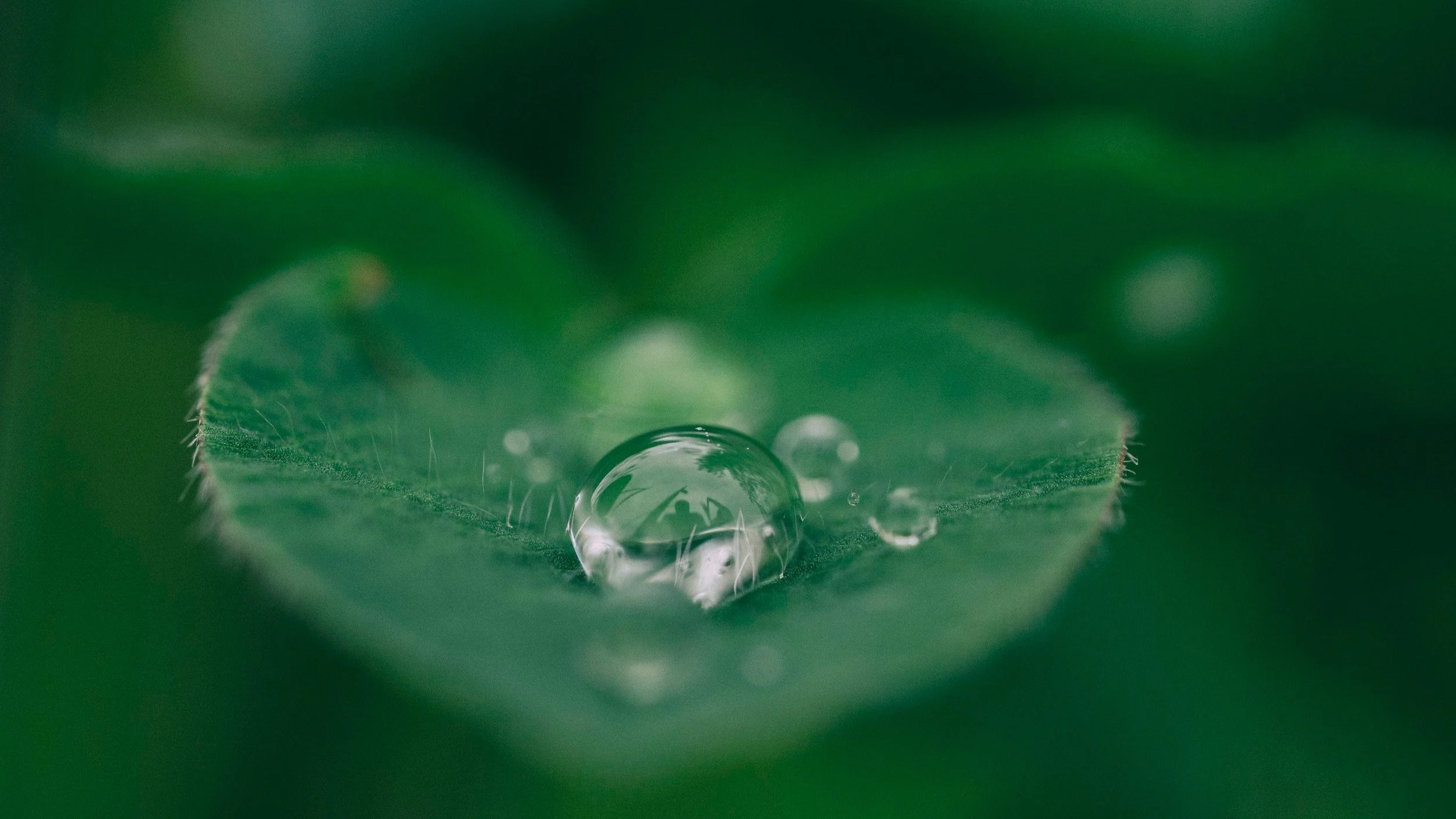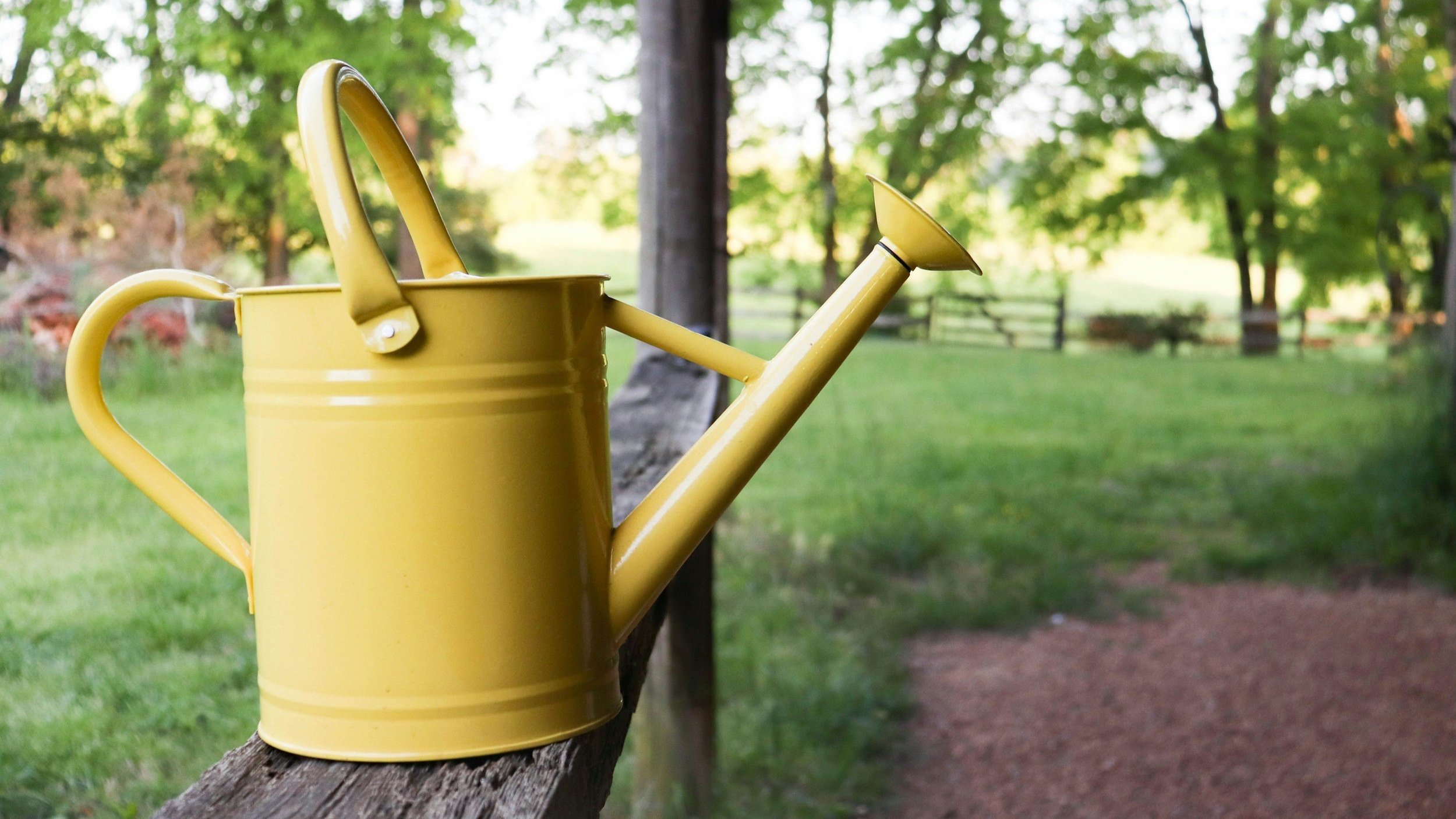Watering: Tips for Transplant Success
Watering New Plants
Watering new plants before transplanting is essential. Planting them in dry soil can put their survival at risk. Moist soil helps ensure a smooth transition to their new location, reducing the chances of transplant shock. Roots rely on moisture to absorb nutrients, and without it, the plant will struggle to establish itself.
Watering and Transplanting
Test Soil Drainage Before Planting: Before you start planting, check your soil’s drainage to ensure it’s suitable for your plants. Dig a hole about 12 inches deep and wide in the planting area. Fill the hole with water and let it drain completely. Then refill it and time how long it takes for the water to drain:
If it drains at 1–2 inches per hour, the drainage is ideal for most plants.
If it drains slower, the soil may retain too much water, leading to root rot. You can amend it by adding sand or organic matter like compost.
If it drains too quickly (more than 4 inches per hour), the soil might not retain enough moisture, and adding organic matter can help improve water retention.
Testing your soil can save time and ensure your plants thrive in their new environment.
Don’t transplant in the middle of the day: The intense heat and direct sunlight during midday can increase the chances of plants wilting. In these conditions, plants lose water rapidly, and their disturbed roots may struggle to absorb enough moisture to compensate, leading to dehydration. Additionally, direct sunlight can quickly dry out exposed roots during handling, making it harder for them to re-establish in their new environment. Early morning or late afternoon are far better options. Cooler temperatures and gentler sunlight help plants settle into their new homes without the added stress of midday heat. This also allows them to recover and absorb water overnight, preparing them for the day ahead.
Water in Advance: Water both the plants (or seedlings) and the ground about an hour before transplanting. This ensures the water has time to soak in thoroughly, creating a welcoming, moist environment for the roots.
Optimal Water Temperature: Use lukewarm water instead of cold to avoid shocking the roots and to help the plant adjust smoothly.
Carefully Remove Plants: Carefully remove the seedlings from their pots. You want to avoid damaging the plants when they are very young. For larger plants with roots that have overtaken their nursery pots, loosen the root ball gently. We like to say “tickle the roots” because this motion will loosen the roots but should not damage them much. If left root-bound, the roots can struggle to grow outward, potentially choking each other and hindering water and nutrient absorption, so the roots sometimes need a little extra help spreading out in order to take up enough water and nutrients.
Plant in Prepared Holes: Dig holes in your garden bed that are slightly larger than the plants’ root balls. Position the plants in the holes and backfill with soil to provide stable support.
Water After Transplanting: Once the plants are in the soil, water them again. This final watering helps the roots settle, removes air pockets, and improves root-to-soil contact, encouraging healthy growth.
Watering Frequency After Transplanting: Keep the soil consistently moist (but not waterlogged) for the first week or so after transplanting. Adjust based on plant type, weather, and soil conditions to ensure the plants receive the care they need.


